Slik omvendte Newman seg
John Henry Newman hadde høsten 1845 forstått at han måtte bli opptatt i Den katolske Kirke, og han inviterte en god og from katolsk prest til å komme hjem til seg. Da presten kom inn døra, knelte Newman foran ham, og ba med en gang om å bli tatt opp i Kirken. Han bekjente sine synder (det tok flere timer) og ble opptatt i Kirken ved kondisjonal dåp. Det var alvor over ting den gang – men jeg er glad for at kondisjonal dåp ikke lenger regnes som nødvendig. Her er dette fortalt litt mer utførlig:
When Newman had made up his mind to be received into the Church in October 1845 he heard that Blessed Dominic would be travelling through Oxford. Via their mutual friend John Dobrée Dalgairns Newman asked the Passionist priest to call in at Littlemore. When Dominic Barberi arrived late in the evening of 8th October, soaking wet from his journey, Newman did not hesitate one moment, knelt down in front of him, and asked him for reception into the Church. He then began his general confession which he had prepared in the previous days and which lasted for several hours. The rite of reception, including conditional baptism, took place in the chapel next to Newman’s private room on the evening of 9th October. Two of his friends, Richard Stanton and E. S. Bowles, were received at the same time. Newman never regretted his decision. Not only in the Apologia, but also in many letters, he witnesses to the interior peace that always accompanied him as a Catholic, despite the well known fact that he was not spared difficulties not only from outside the Church but also within it.

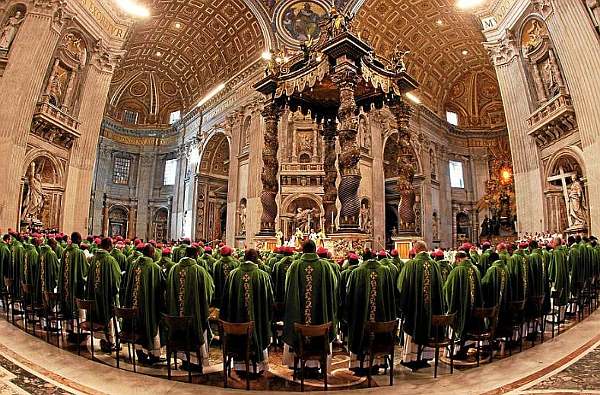
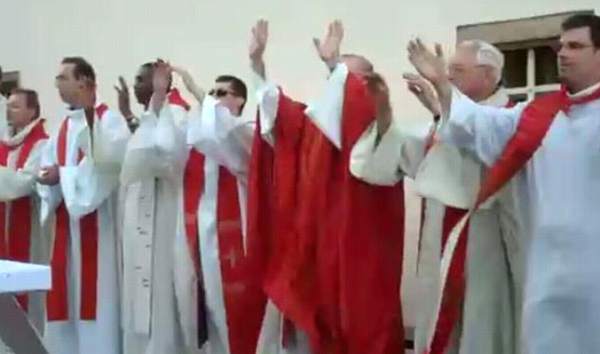
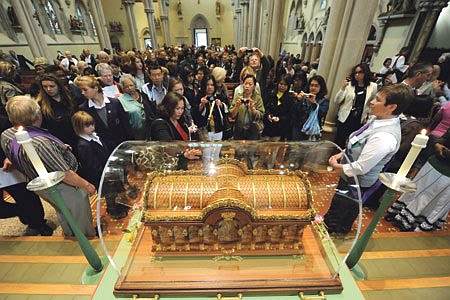
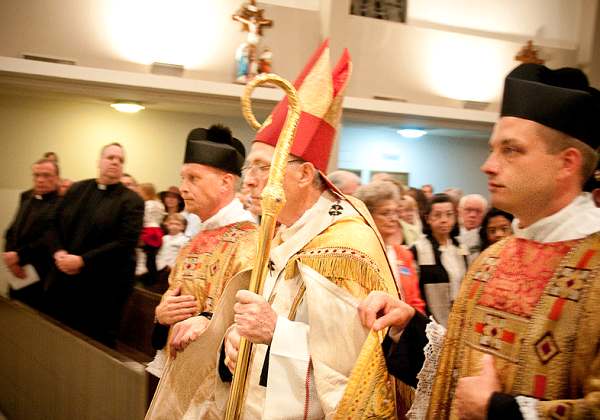
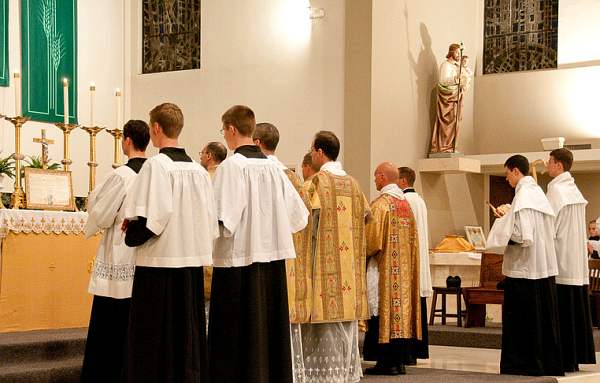
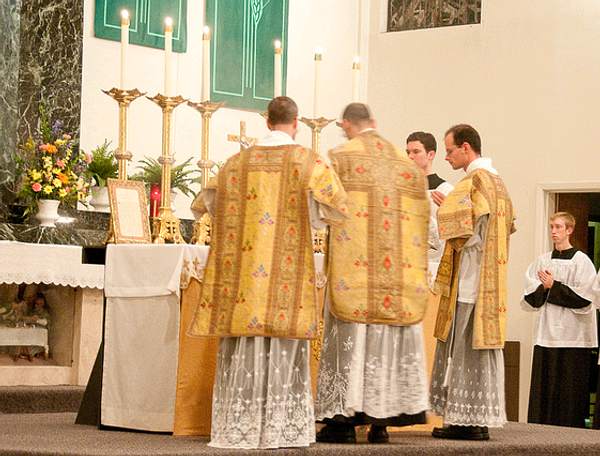
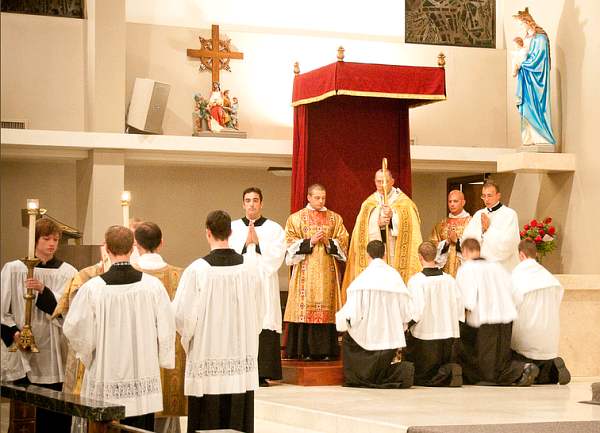
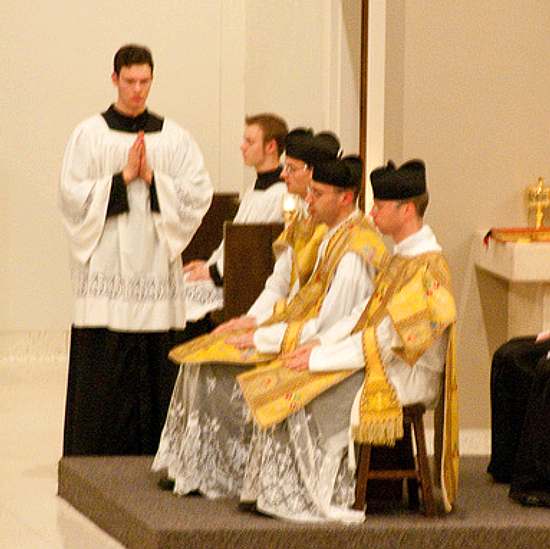
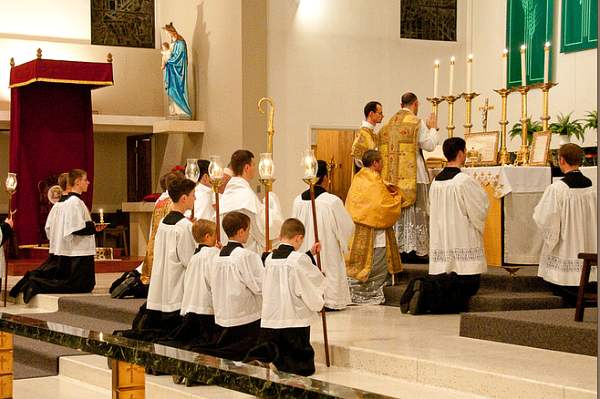
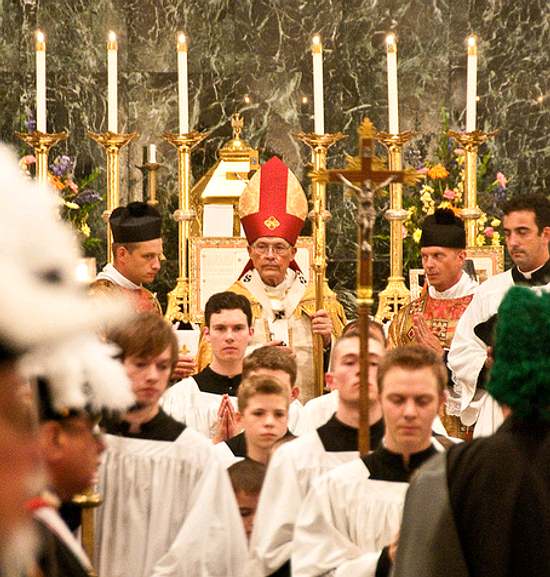
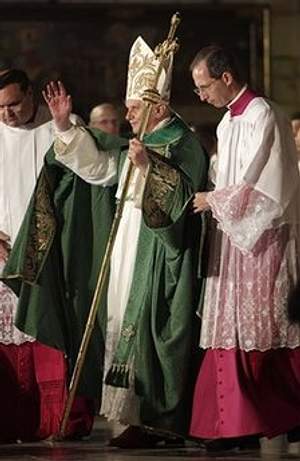 Jeg fikk en begeistret telefon i går kveld, fra et katolsk ektepar som satt og så på pavens vesper i Praha, direkte på internett fra
Jeg fikk en begeistret telefon i går kveld, fra et katolsk ektepar som satt og så på pavens vesper i Praha, direkte på internett fra